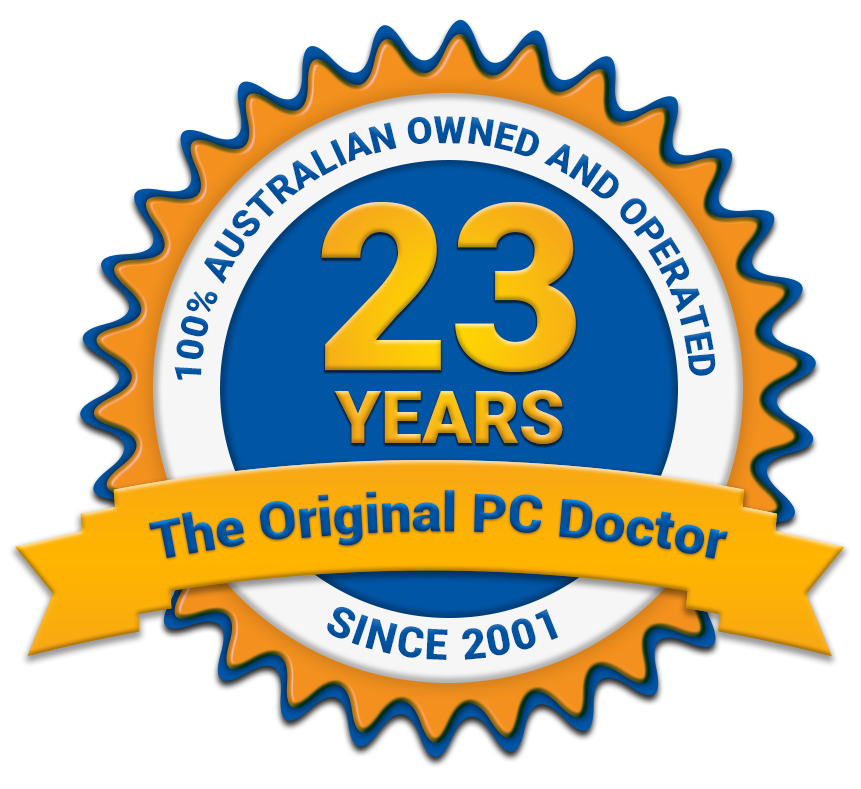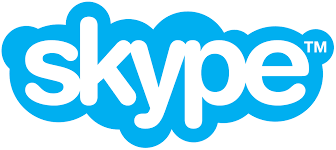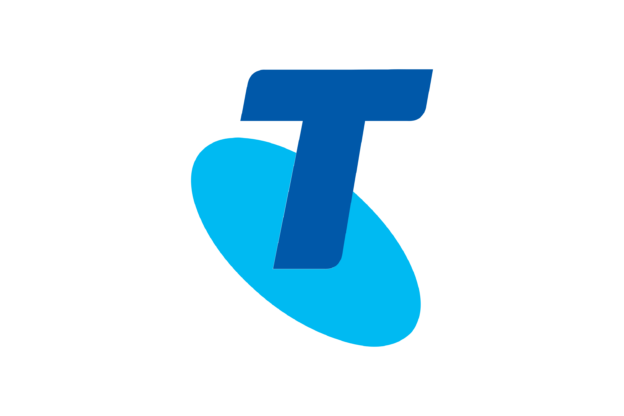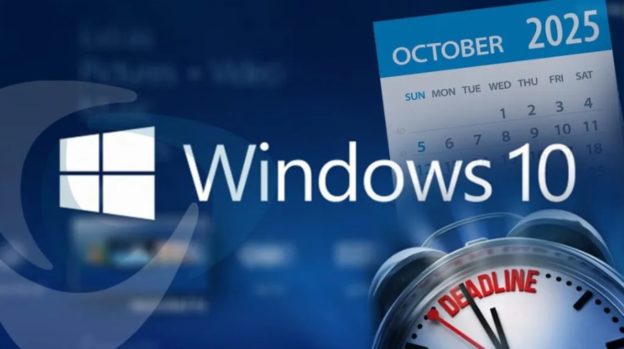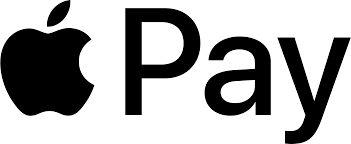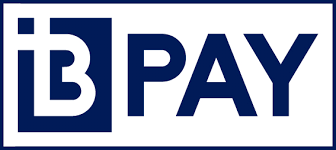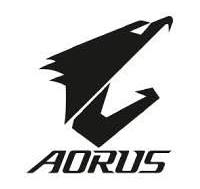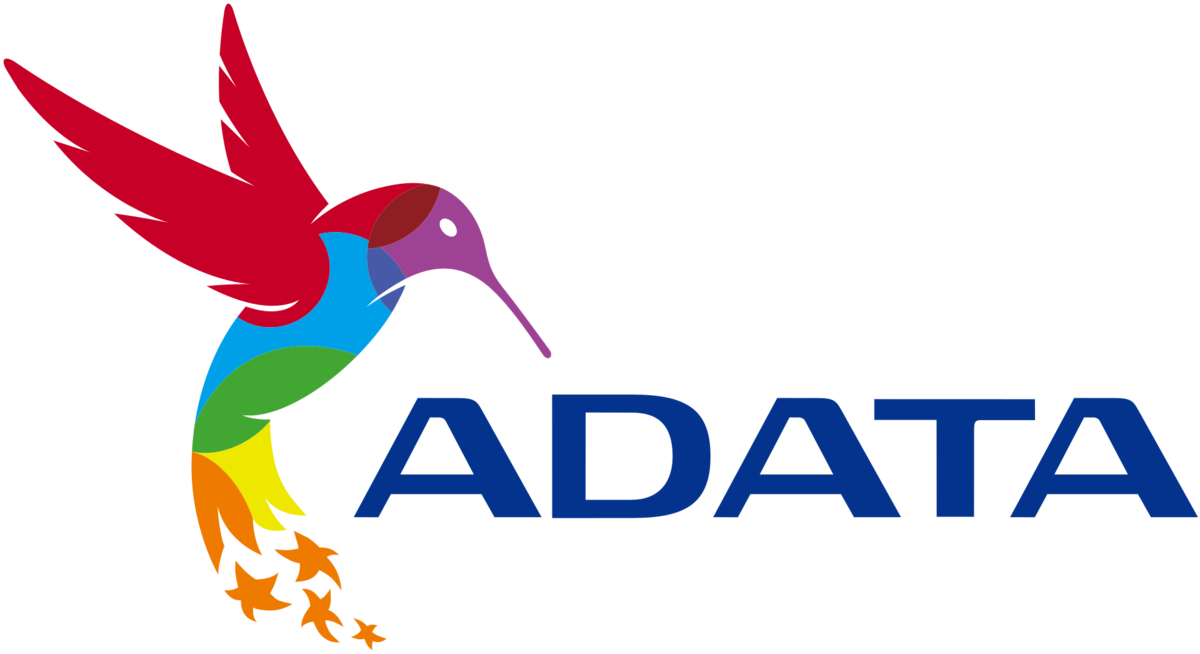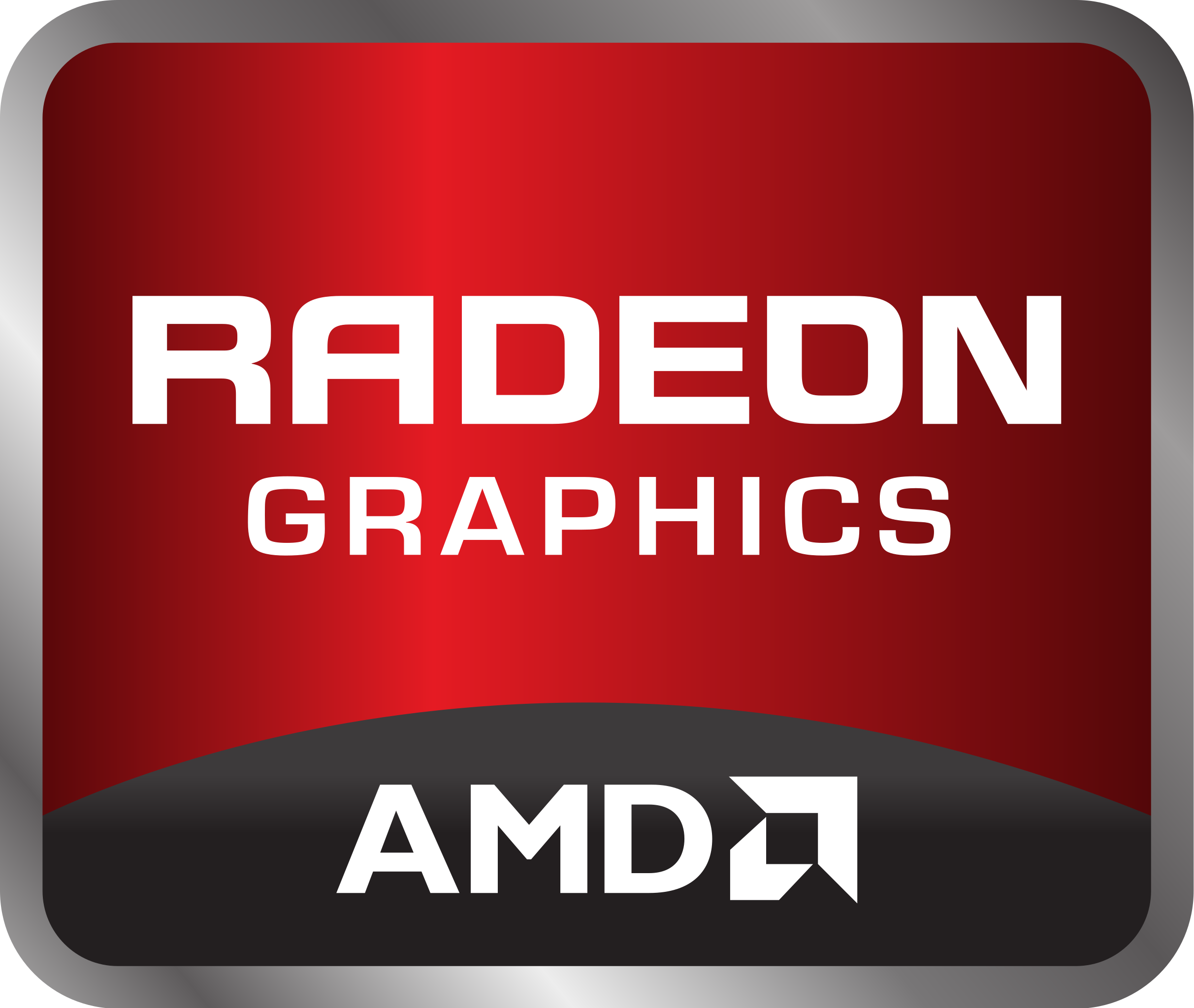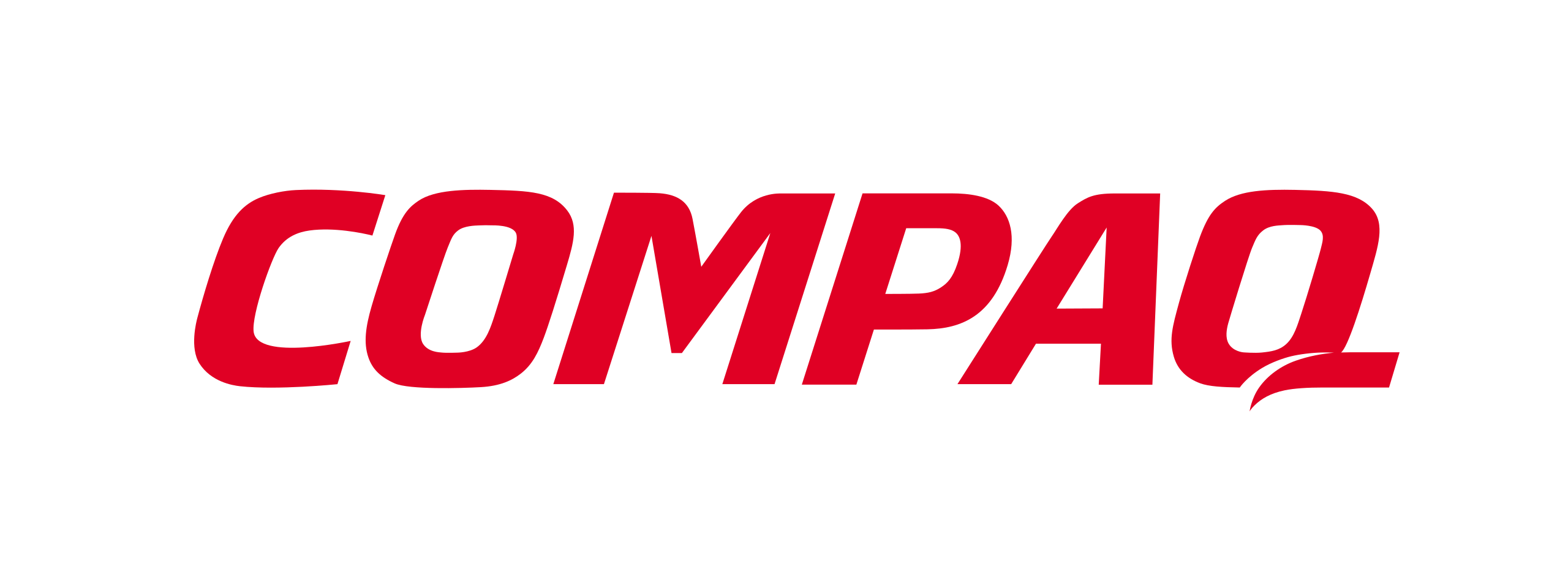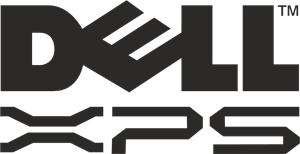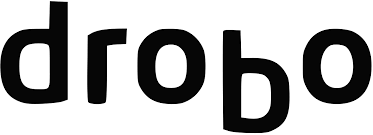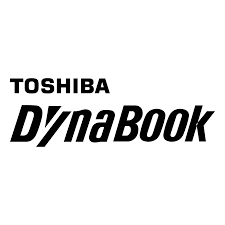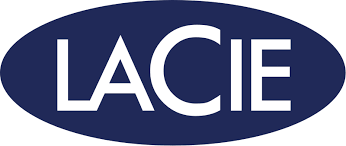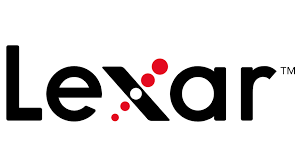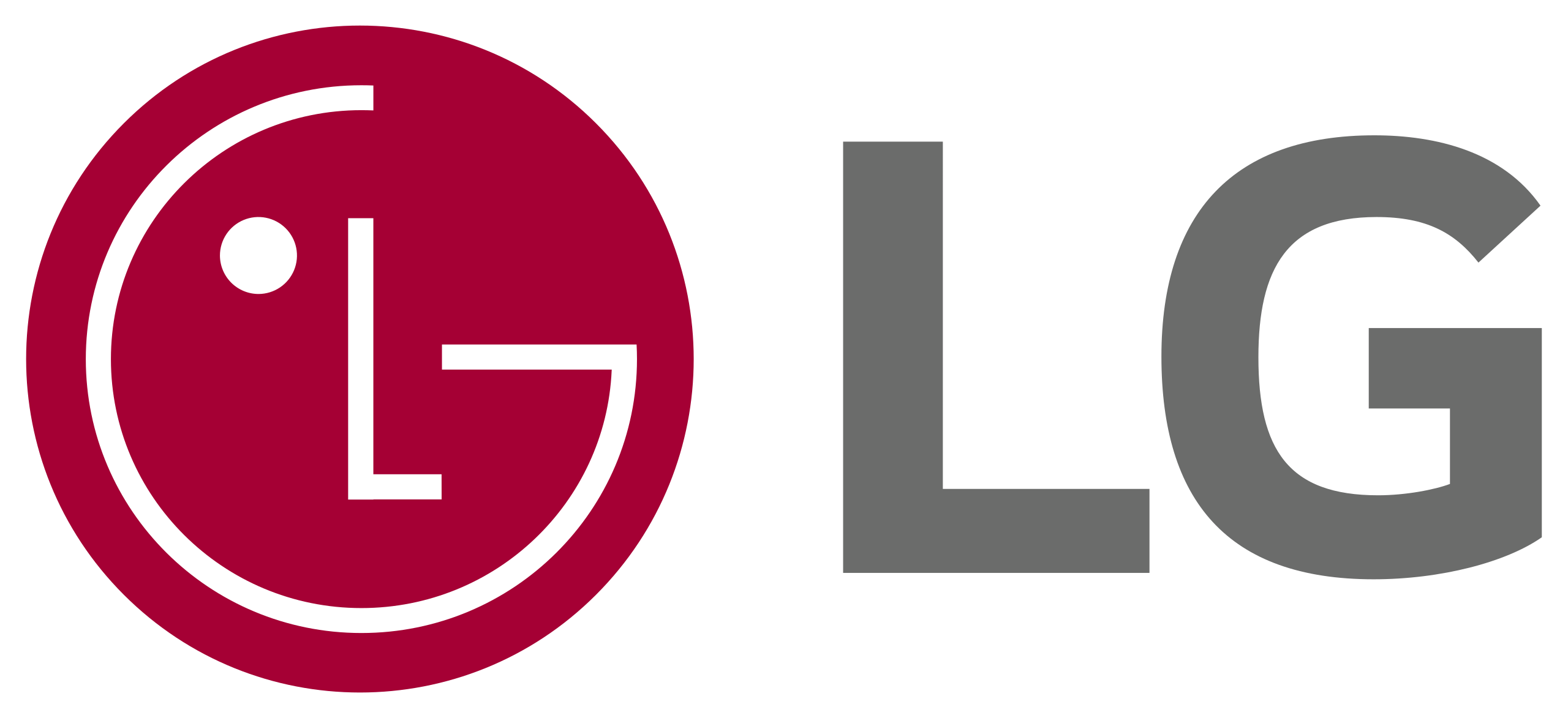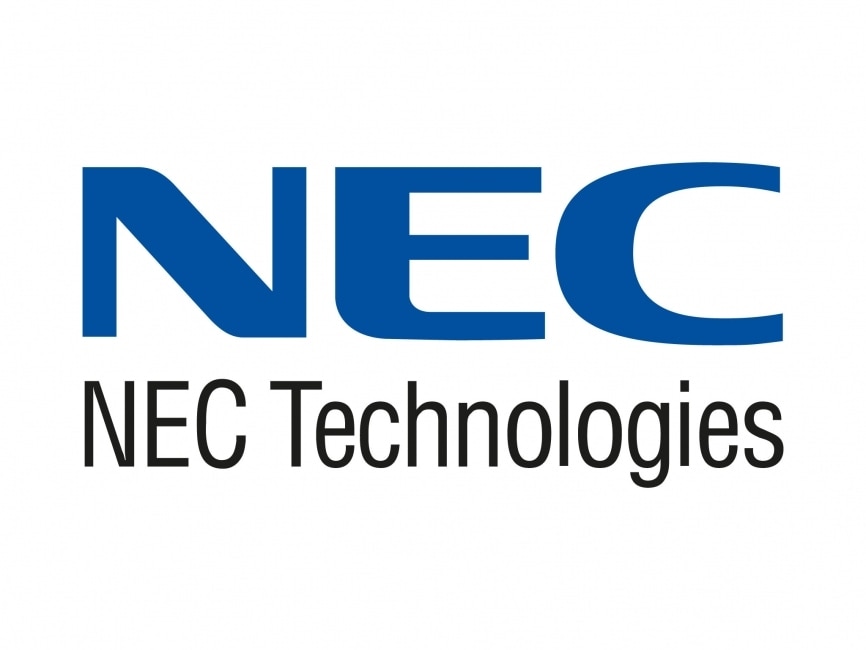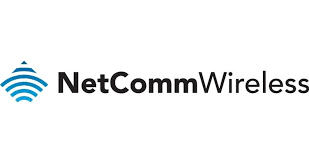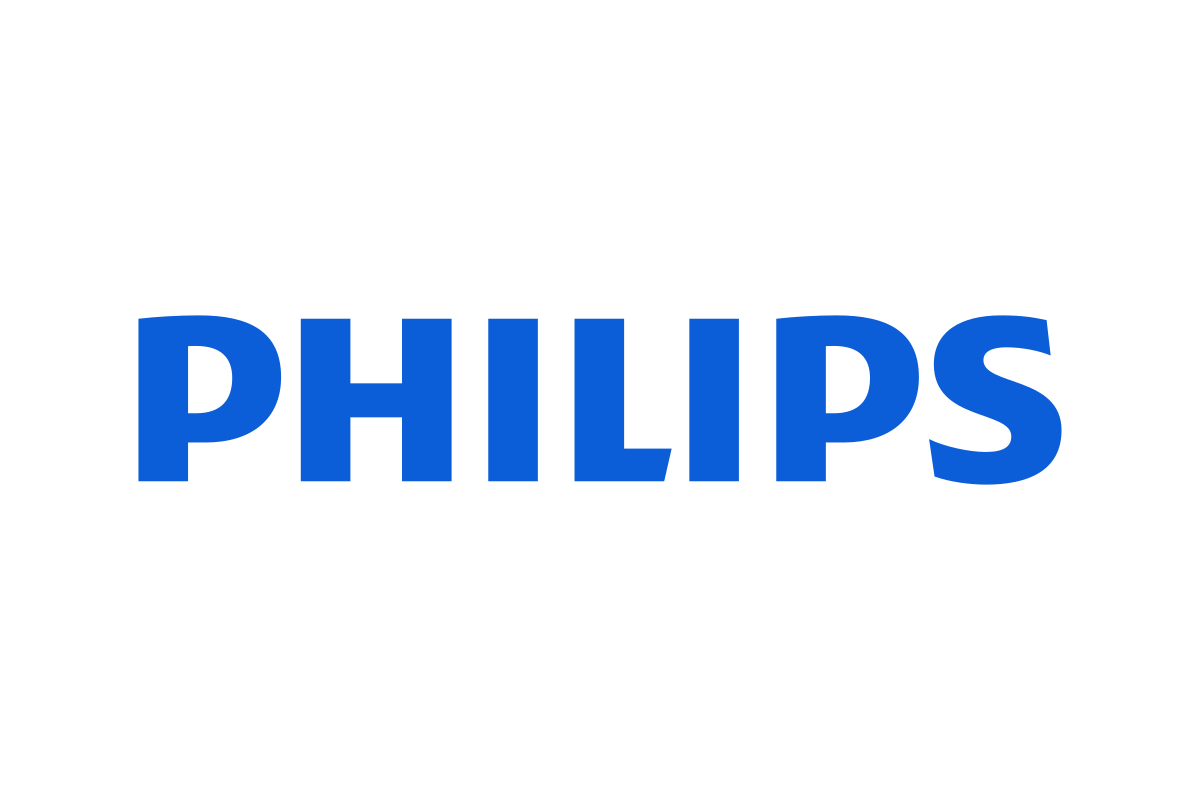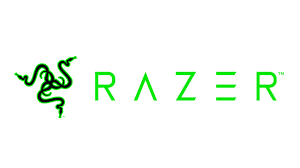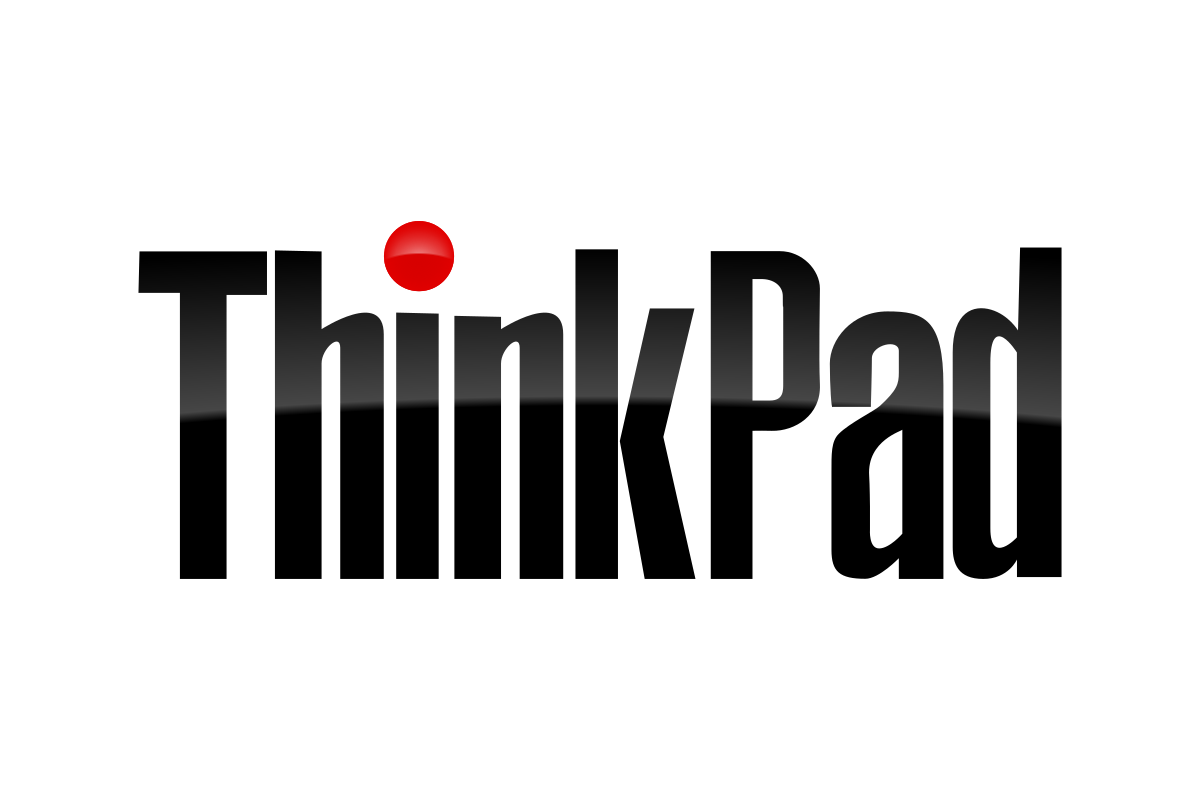Remote Desktop Support, Remote PC & Apple Mac Support
Do you have a software problem? We can probably fix it remotely, using remote desktop support software, saving you time and money!
You might not know it, but almost every Microsoft Windows PC and Apple Mac has Remote Desktop Support capabilities. It’s a clever trick: Remote Desktop Support allows us to remotely access your computer so that we can diagnose and fix your PC, Server, Mac, & Laptop or network right here from our state-of-the-art Technical Support center – wherever you are! There is no need to unplug your PC and haul it down to us. There’s even no need to have us come out to you. We can do it all from here, and you can even watch the whole thing on your screen. Think of it like a player piano, only with a keyboard instead of ivory keys.
Using The Original PC Doctor Remote Desktop Support, we can help you with:
- Software problems
- Email Issues
- Virus and spyware removal
- Software, Device and Hardware Configuration Issues
- Software Upgrades and installations
- And much, much more!
Call us to find out more at 1300 723 628– Our Remote Desktop Support team is on standby and waiting for your call!
Here’s how our Desktop Support service works in 3 simple steps.

Step 1: Over the phone, we explain step-by-step how to activate Remote Desktop Support so that we can gain access to your computer from our offices.
Step 2: Once this is done, your remote PC Doctor can securely access your computer and conduct the same tests that would be performed onsite. Remote Desktop Support allows us to control your computer as though we were there, which enables us to diagnose and cure computer problems.
Step 3: When the computer is all working to your satisfaction. We will then terminate the remote session. Once the session is closed, no one can re-access your computer without you opening the program and sharing two separate rolling codes.
You should know that it might be that your problem can’t be fixed with Remote Desktop Support – but if this is the case, our PC Doctor will let you know and discuss other options with you. The whole process can be performed while you watch from the privacy of your home or office. Just sit back, sip your coffee, and we’ll take care of the rest. It’s that easy!
Your confidentiality is 100% guaranteed.
Our PC Doctors have agreed and are bound by the PC Doctors’ Oath. As such, your information and privacy is guaranteed at all times. You can be sure that you’re in good hands! All our services are backed by our No Fix, No Fee Guarantee and our 14-Day Work Satisfaction Guarantee – for peace of mind and no risk to you, our client.
If you need remote desktop support, awesome! Download the software link below, then call our office to book an appointment with one of our remote engineers at 1300 723 628.
Please follow the link below and click on the respective operating system/device you are running to download TeamViewer:
-
If you’re having trouble accessing the link, call our office, and they assist you.
Top Q&A for Remote Desktop Support for “The Original PC Doctor”
- What is remote desktop support?Remote desktop support is a service that allows a technician to access and control a user’s computer remotely over the internet or a network. This means the technician can see the user’s desktop, applications, and files, and perform actions as if they were sitting directly in front of the user’s computer. Here are some key…Read More
- How does remote desktop support work?Remote desktop support works through a combination of software and protocols that establish a secure connection between two computers: 1. Software Installation: Client software: This is installed on the user’s computer and establishes a connection to the remote desktop server. It captures user input like keyboard and mouse movements and transmits them to the technician’s computer.…Read More
- What are some common problems that can be solved with remote desktop support?Remote desktop support can address a wide range of technical issues, offering a convenient and efficient solution for both businesses and individual users. Here are some common problems that can be effectively tackled using remote desktop support: Software-related issues: Installation and configuration: Remote technicians can assist with installing new software, configuring existing programs, and ensuring they…Read More
- Is it safe to allow a technician to access my computer remotely?Allowing a technician remote access to your computer can be safe, but it’s essential to approach it cautiously and prioritize security measures: Here’s what makes it potentially safe: Improved efficiency and convenience: Remote access allows technicians to diagnose and fix problems without needing physical access to your computer, saving time and resources. Real-time support: You can receive…Read More
- What is the Remote Desktop Support History?The history of remote support for computers can be traced back to the early days of computing itself. In the 1960s, researchers at MIT developed a system called Time-Sharing System (TSS) that allowed multiple users to access a single computer remotely. This was a major breakthrough, as it made it possible for people to use…Read More






